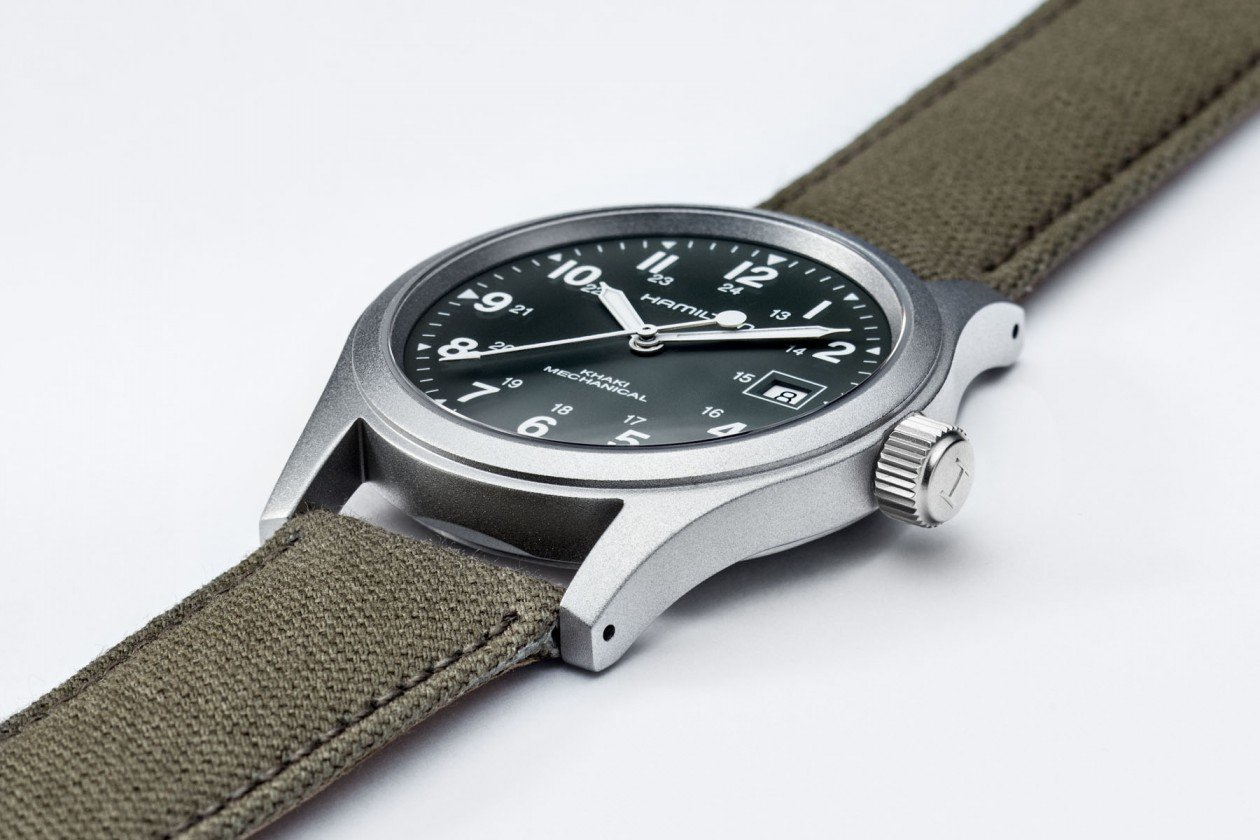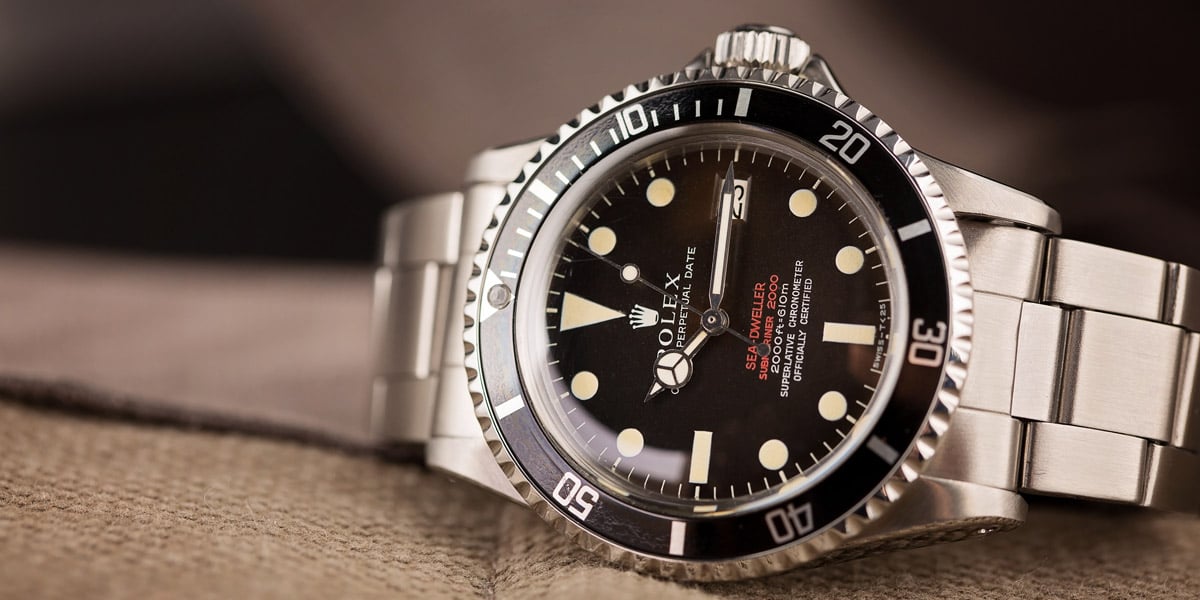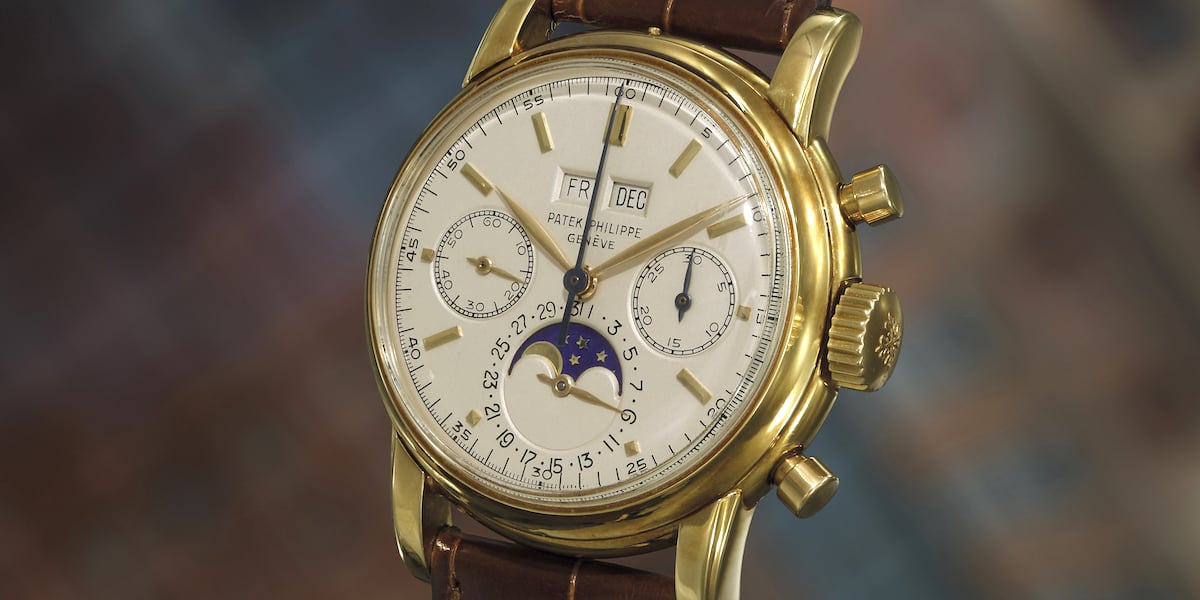Many of the luxury watch brands that we know and love today are named after people. There’s Patek Philippe (Antoni Patek and later Adrien Philippe), Audemars Piguet (Jules Louis Audemars and Edward Auguste Piguet), Breguet (Abraham-Louis Breguet), Cartier (Louis-François Cartier), Panerai (Giovanni Panerai), and so many other luxury watch brands.
However, in modern watchmaking, it is not common practice for big brands to give credit to a specific person (or persons) for a particular watch design. Instead, official marketing materials tend to use general and anonymous terms such as “master watchmakers,” “master jewelers,” “expert artisans,” and “skilled craftsmen.” Yet, there are a handful of watch designers whose names have recognition due to their important creations.
Gerald Genta
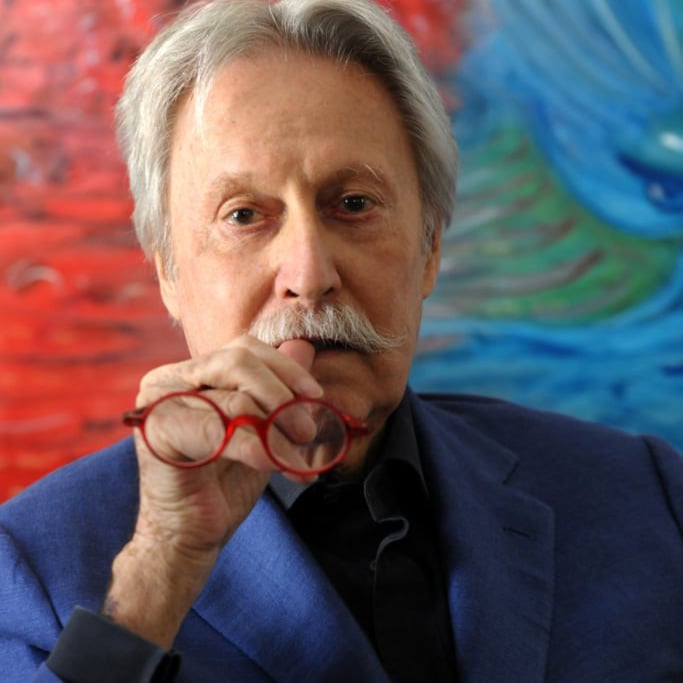
The most famous of all modern watch designers, Gerald Genta, passed away in 2011 but many of his creations still dominate the high-end watch space today. Genta not only designed the Audemars Piguet Royal Oak for Audemars Piguet in 1972, but he also created the Nautilus for Patek Philippe in 1976. With their integrated bracelets, stainless steel construction, and boldly shaped cases, the Royal Oak and the Nautilus were seminal in the creation and evolution of the high-end sports watch category.
Aside from the Patek Philippe Nautilus and the Royal Oak, Genta was also responsible for the re-design of the IWC Ingenieur SL watch in the 1970s, the formation of the Bulgari BVLGARI-BVLGARI watch collection in the 1970s, and the development of the modern Cartier Pasha watch in the 1980s. Back in the 1960s, Genta even designed the Octo case silhouette that Bulgari is now heavily used in their modern watches.
Jorg Hysek

While the Vacheron Constantin 222 from 1977 may be similar in style to Genta’s Royal Oak and Nautilus, it was in fact designed by Jorg Hysek. The 222 is a particularly important watch in Vacheron Constantin’s history as it laid the groundwork for today’s Overseas collection of high-end sports watches.
In addition to his work for Vacheron Constantin, Hysek also designed the Breguet Marine watch, which is one of the brand’s sportier offerings inspired by Breguet’s history with the French Navy. In the 1990s, TAG Heuer hired Hysek to develop an entirely new watch collection for the modern consumer and the collaboration gave way to the highly successful and futuristic Kirium sports watch line.
Emmanuel Gueit

In the late 1980s, young freelance watch designer Emmanuel Gueit would embark on a project that would prove to a big one – the Audemars Piguet Royal Oak Offshore. Originally conceived as a special 20th-anniversary edition of the original Royal Oak, the 1993 debut of the Offshore marked the beginning of what would eventually be a standalone collection for Audemars Piguet.
Gueit also worked with Rolex to design the revamped Rolex Cellini collection of watches introduced in 2014. While you might expect to see the designer doing more with Rolex watch collections, these days, Gueit is working to bring back Ikepod – a fan-favorite brand of the 1990s originally designed by famed industrial designer Marc Newson.
Eric Giroud

One of our favorite watch designers like Eric Giroud, has collected a number of awards during his career as a watch designer including Best Watch Design at the 2009 Geneva Watchmaking Grand Prix for the Harry Winston Opus 9.
Giroud is best known, however, for his incredible work with the independent watch company MB&F. At MB&F, Giroud and Max Büsser have put forth some of the most exciting creations in modern-day horology that blend science fiction with traditional watchmaking techniques. Some notable ones include Legacy Machine Perpetual, HM6 Space Pirate, and Thunderbolt N°4.
Although the names of watch designers are often overshadowed by the brand names they work for, some, like the four we’ve outlined above, stand out for their influential designs that continue to shape luxury watches today.
Taro Tanaka
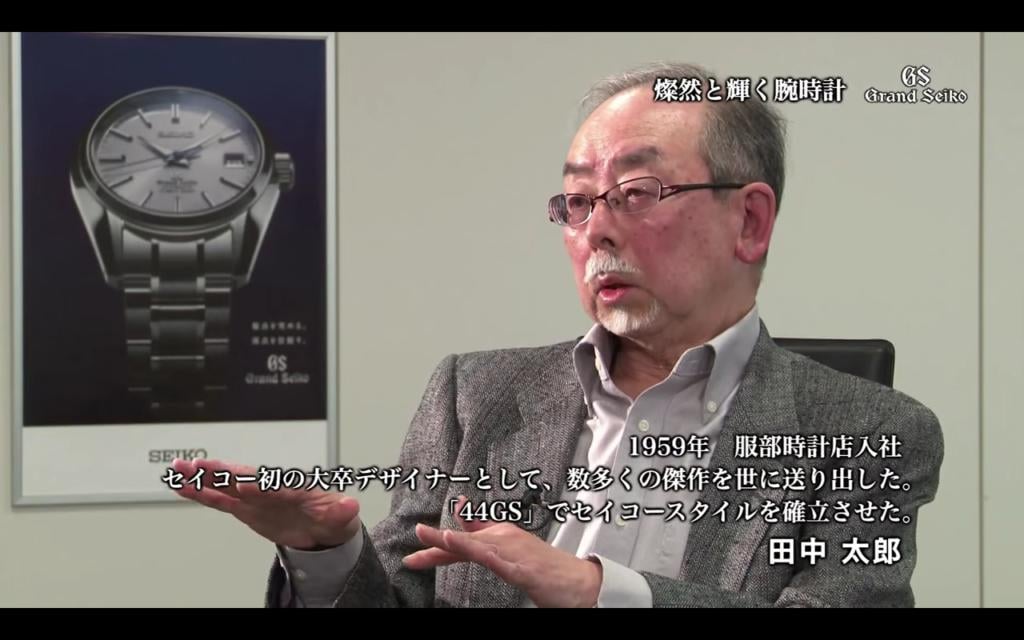
Taro Tanaka is the single person who can be credited most for creating the overall design language of the greater Seiko brand. The aesthetic code that he first established in the early 1960s can be directly seen in numerous contemporary Grand Seiko watches, and his approach to timepiece design serves as the foundation for countless models that have been produced by both Seiko and Grand Seiko over the course of nearly half a century. From the looks of current trends where collectors are comparing Grand Seiko vs Rolex, Mr. Tanaka’s designs are catching the eyes of many watch enthusiasts.
Seiko had been producing timepieces for the Japanese domestic market since 1913 and by the 1950s, it was easily the largest domestic brand by volume. With that in mind, international sales were significantly lagging, and this was largely because Seiko had not put much of an effort into design. For example, Seiko didn’t even have a design department until 1956 and even then, the department was only responsible for dials. However, that all changed in 1959 when Seiko hired Taro Tanaka – a recent design graduate and the first actual trained designer at the brand.
Guided by Tanaka, Seiko’s design department expanded to have a hand in the brand’s entire aesthetic process. In his opinion, the main reason why Seiko’s international sales were lagging – particularly when it came to its luxury-oriented Grand Seiko and King Seiko collections – was that the brand didn’t have a design identity that separated it from its European counterparts. Therefore, Taro Tanaka set out to create one for the brand.
In 1962, Taro Tanaka developed what he called the “Grammar of Design” – a series of aesthetic rules partially inspired by the principles of gem-cutting and origami (the Japanese art of paper folding). Our Grand Seiko review highlights how these principles led to an elegant yet angular aesthetic, characterized by large flat surfaces polished to a perfect, distortion-free shine. Combined with the brand’s legendary Zaratsu polishing, Tanaka’s design approach allows Grand Seiko watches to sparkle like gemstones in the light. His design language is widely considered the single feature most responsible for Seiko’s international success.
Conclusion
The history of watchmaking is marked by the creative genius of designers whose visions have shaped the luxury watch industry. From Gerald Genta’s iconic designs like the Royal Oak and Nautilus to Taro Tanaka’s revolutionary “Grammar of Design” for Grand Seiko, these individuals have left an indelible mark on horology. Their innovative approaches to aesthetics and craftsmanship continue to influence watch design today. As we celebrate these pioneers, their legacies remind us that behind every great watch is a designer who dared to push boundaries and redefine timekeeping.


